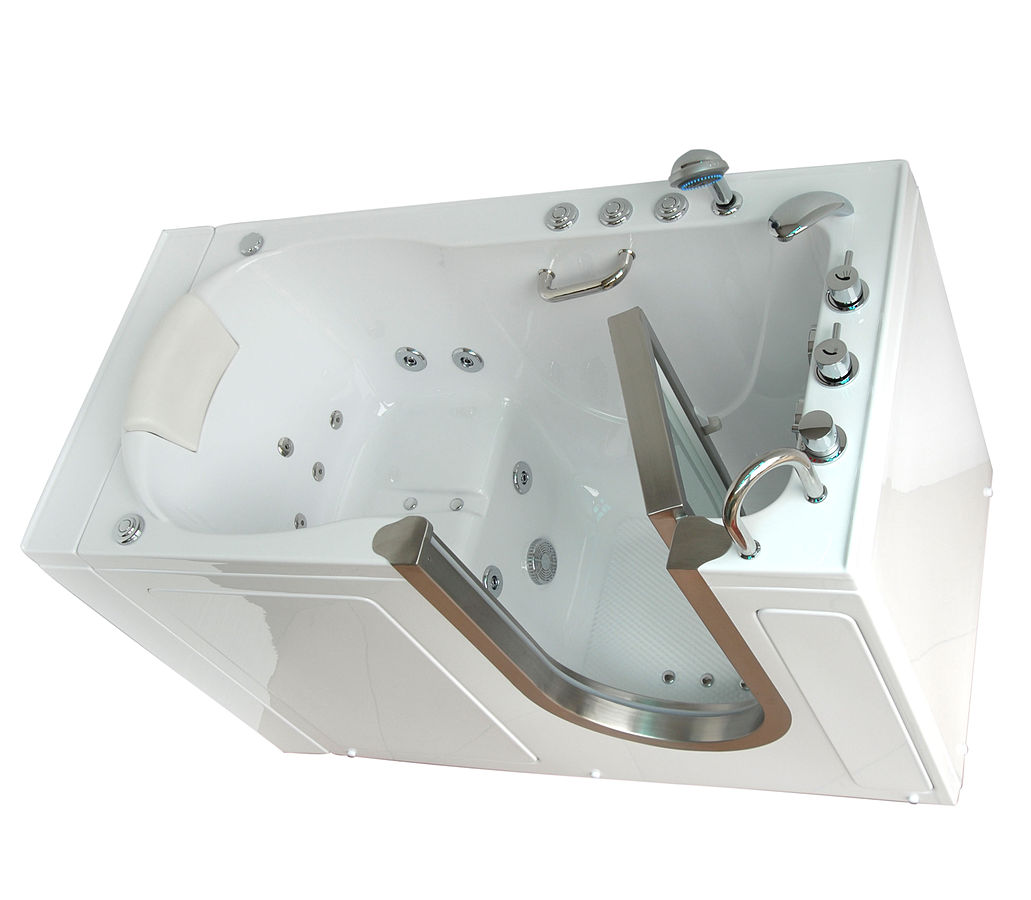Understanding Walk-In Tubs: A Complete Guide to Safe and Accessible Bathing
Walk-in tubs represent a significant advancement in bathroom safety and accessibility, combining the therapeutic benefits of bathing with enhanced mobility features. These specialized bathtubs feature a watertight door that allows users to enter at ground level, eliminating the need to step over a high tub wall. This innovation has revolutionized bathroom safety for seniors, individuals with mobility challenges, and anyone seeking a more secure bathing experience.

Therapeutic Benefits for Enhanced Mobility and Wellness
Beyond safety, walk-in tubs offer therapeutic advantages that can help maintain and improve mobility. Many models include hydrotherapy jets, which can help reduce muscle tension and joint pain. Air jets provide gentle massage effects, while chromotherapy lighting can enhance relaxation. These features make walk-in tubs particularly beneficial for individuals with arthritis, circulation issues, or chronic pain conditions.
Understanding Installation Requirements and Considerations
Installing a walk-in tub requires careful planning and assessment of your bathroom space. Most walk-in tubs fit within the footprint of a standard bathtub, but factors like door swing clearance, plumbing configuration, and electrical requirements must be considered. Professional installation is typically recommended to ensure proper fitting and functionality of all safety features.
Cost Considerations and Available Options
| Type of Walk-In Tub | Average Price Range | Key Features |
|---|---|---|
| Basic Soaker | $2,000 - $5,000 | Standard safety features, basic door system |
| Hydrotherapy | $5,000 - $7,000 | Water jets, enhanced drainage, heated surfaces |
| Luxury System | $7,000 - $12,000+ | Multiple therapy options, premium fixtures |
Prices, rates, or cost estimates mentioned in this article are based on the latest available information but may change over time. Independent research is advised before making financial decisions.
Maintenance and Long-Term Care Requirements
Maintaining a walk-in tub involves regular cleaning and inspection of key components. The door seal requires particular attention to prevent leaks and ensure proper function. Most manufacturers recommend weekly cleaning of jets (if present) and regular checking of drainage systems. With proper maintenance, a quality walk-in tub can provide safe, comfortable bathing for many years.
The investment in a walk-in tub extends beyond immediate safety benefits, offering long-term value through improved independence and quality of life. While the initial cost may seem significant, the combination of safety features, therapeutic benefits, and potential medical necessity makes these specialized bathtubs a worthwhile consideration for those seeking to age in place or manage mobility challenges.






